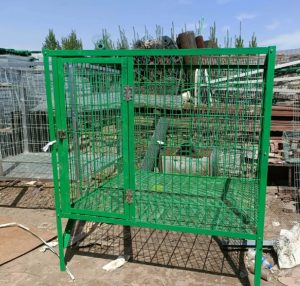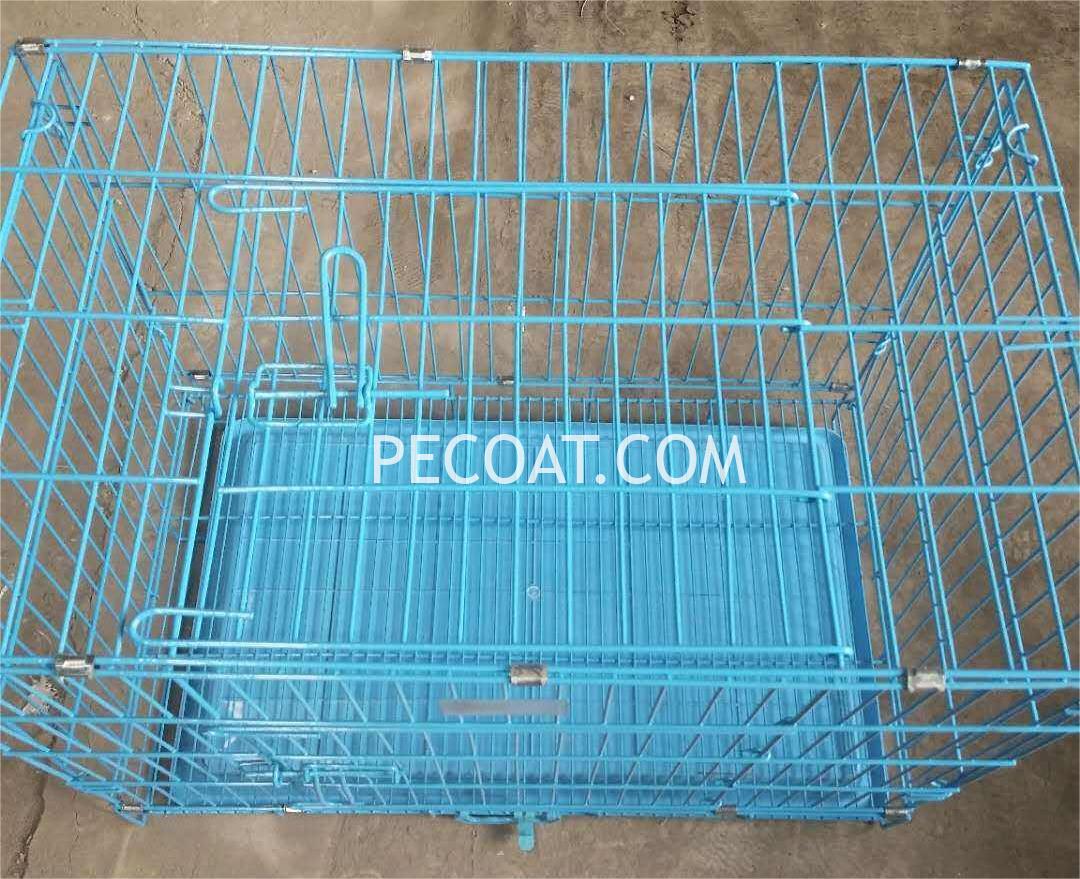PE Thermoplastic Powder Coatings for Metal Pet Cages

Metal pet cages are commonly used to provide a safe and comfortable space for pets. One important aspect of enhancing the quality and durability of these cages is the application of PE thermoplastic powder coatings.
The production process of metal pet cages involves several steps. First, high-quality metal materials are selected and cut to the appropriate size. Then, the metal pieces are welded or assembled to form the basic structure of the cage. After that, the cage undergoes a thorough surface treatment to ensure a clean and smooth surface for the coating application.
PE thermoplastic powder coatings offer several advantages. Firstly, they provide excellent protection against corrosion, ensuring that the metal cages remain in good condition for a long time. Secondly, these coatings can be customized in a variety of colors and finishes, adding an aesthetic appeal to the cages. Additionally, PE thermoplastic powder coatings are easy to apply, resulting in a smooth and uniform surface.
Quality inspection is a crucial part of the manufacturing process of metal pet cages. Rigorous tests are conducted to ensure the strength, stability, and safety of the cages. This includes checking for any defects, such as cracks or weak points, and verifying the accuracy of the dimensions and weight.
The use of PE thermoplastic powder coatings not only improves the appearance of metal pet cages but also increases their lifespan. It is a reliable and effective solution for pet owners who want to provide the best for their furry friends.
Overall, PE thermoplastic powder coatings play a significant role in the manufacturing of metal pet cages, making them more durable, attractive, and functional. The combination of advanced manufacturing techniques and quality inspection ensures that pet owners can trust the quality and reliability of these cages for their beloved pets.

